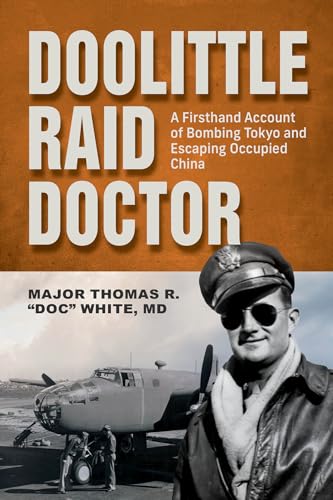
The International Medical Relief Corps in Wartime China, 1937-1945
by Robert Mamlok, M.D.
Popularity
3.42 / 5
* A book's popularity is determined by how it compares to all other books on this website.
Where to buy?
Buy from Amazon* If you buy this book through the link above, we may receive a small commission at no extra cost to you.
The International Medical Relief Corps in Wartime China, 1937-1945 by Robert Mamlok, M.D.
Details
War:
World War II
Perspective:
Medics
True Story:
Yes
Biography:
No
Region:
Asia
Page Count:
250
Published Date:
2018
ISBN13:
9781476634265
Description
Brief Summary
The International Medical Relief Corps in Wartime China, 1937-1945 by Robert Mamlok, M.D. offers a detailed examination of the contributions and resilience of foreign medical personnel during a tumultuous period in China’s history. It highlights the work of 27 healthcare professionals who found themselves amid a conflict between the nationalists and communists during the Japanese invasion. These individuals faced dire living conditions and constant threats yet remained committed to advancing public health in wartime China. Through their efforts, they played a crucial role in addressing and managing infectious diseases and nutritional disorders while standing against the prevalent corruption and inequality.
Main Themes and Topics
The book delves into themes of courage and perseverance, highlighting the humanitarian spirit of the medical professionals who operated in a high-risk environment during the Sino-Japanese War. Mamlok intricately explores the political landscape of wartime China, showcasing the challenges and moral dilemmas faced by those caught between the rival factions of nationalists and communists. Additionally, the narrative sheds light on the broader issues of public health crises and the fight against diseases in conditions exacerbated by poverty and war, as well as the ideological struggle against inhumanity and corruption.
Writing Style and Tone
Robert Mamlok employs a factual and meticulous writing style that reflects his background in medicine. The tone of the book is both informative and engaging, providing readers with a comprehensive view of the historical and medical context. His detailed approach ensures that the complexities of the era and the contributions of the international medical teams are well-articulated, offering readers a rich understanding of the subject matter without sensationalism.
Criticism
While the book offers valuable insights, some readers might find the detailed accounts of medical operations and historical contexts challenging to navigate due to the dense nature of the content. The focus on medical and political intricacies might overshadow personal stories, potentially making it difficult for those seeking a more narrative-driven account to connect with the material on a personal level.









